Europe, a vibrant tapestry of culture, history, and varied landscapes, is the second smallest continent, nestled entirely in the Northern Hemisphere. Surrounded by the Arctic Ocean to the north, the Atlantic Ocean to the west, and the Mediterranean Sea to the south, it is a continent defined by its diverse geography and rich history.
From the rugged fjords of Scandinavia to the sunny Mediterranean coastlines, Europe’s scenery is as diverse as its cultural heritage. This continent is also known for its deep historical roots, from ancient Greece, where democracy was born, to the vast Roman Empire that shaped much of Western civilization.
Today, Europe continues to be a hub of innovation, culture, and international cooperation, largely through the European Union, which strives to enhance economic and political ties among its members.
Whether it’s the bustling fashion streets of Paris, the historic ruins of Rome, or the modern art scenes of Berlin, Europe offers endless opportunities for exploration and discovery.
Choose the Best Time to Visit
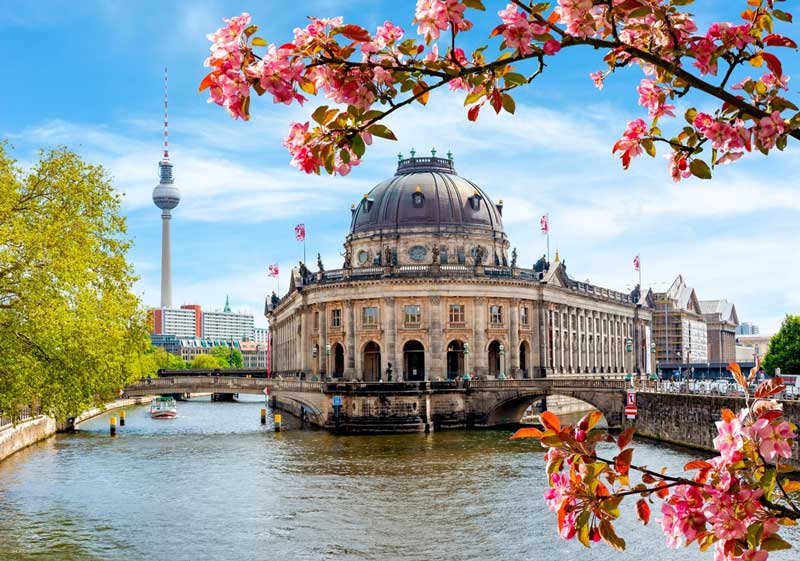
Museum island in spring, Berlin
To make the most of your European adventure, timing is key. The ideal periods to visit are spring (late April to June) and fall (September to October). These seasons avoid the extreme summer crowds and high prices while offering pleasant weather.
In spring, you can enjoy the vibrant colors of blooming flowers and participate in unique cultural festivals like Spain’s Semana Santa. Fall provides an opportunity to witness the changing colors of the foliage and engage in harvest festivals across various countries.
Additionally, these shoulder seasons offer more reasonable accommodation rates and a comfortable climate for exploring the great outdoors and vibrant cities across Europe.
Plan Your Itinerary Wisely

Rome
When planning your itinerary, balance is essential. Start with the major cities that catch your interest but don’t overlook smaller towns or countryside escapes which can offer a more relaxed pace and authentic experience.
For example, after a few days exploring the historical wonders of Rome, consider a quieter stay in Tuscany to enjoy its scenic landscapes and culinary delights. Incorporating a variety of experiences—from bustling cityscapes to tranquil natural settings—enhances your trip, providing both excitement and relaxation.
Planning activities around local events like Italy’s famous wine harvests in Tuscany or cultural festivals can further enrich your journey.
Prepare for Transportation
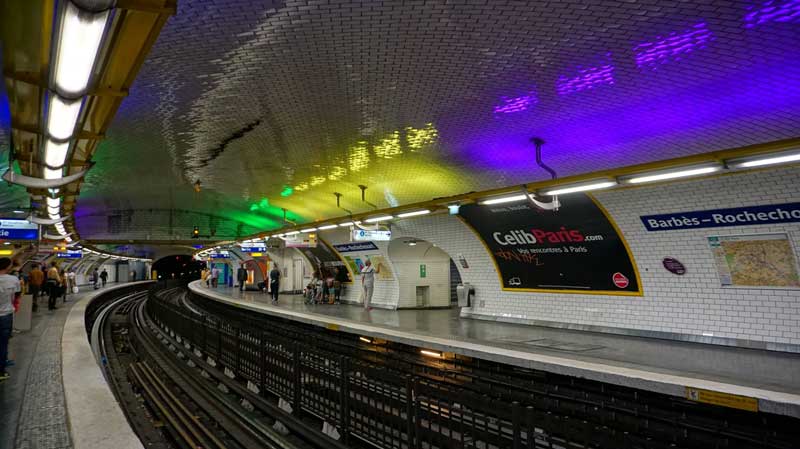
Metro systems, Paris
Navigating Europe’s cities via public transportation can be an enriching experience. Most major cities across the continent boast extensive and efficient public transport networks that are often cheaper and quicker than driving.
For example, you can easily explore historic districts or modern parts of the city using just the bus, tram, or metro systems. European cities like Paris, Berlin, and Madrid offer multi-day travel cards that provide unlimited travel within a certain period, which can be a cost-effective way to explore extensively.
Additionally, apps like Citymapper and Google Maps can be invaluable for real-time transit schedules and route options to help you plan your journeys smoothly and avoid getting lost.
Accommodation Tips
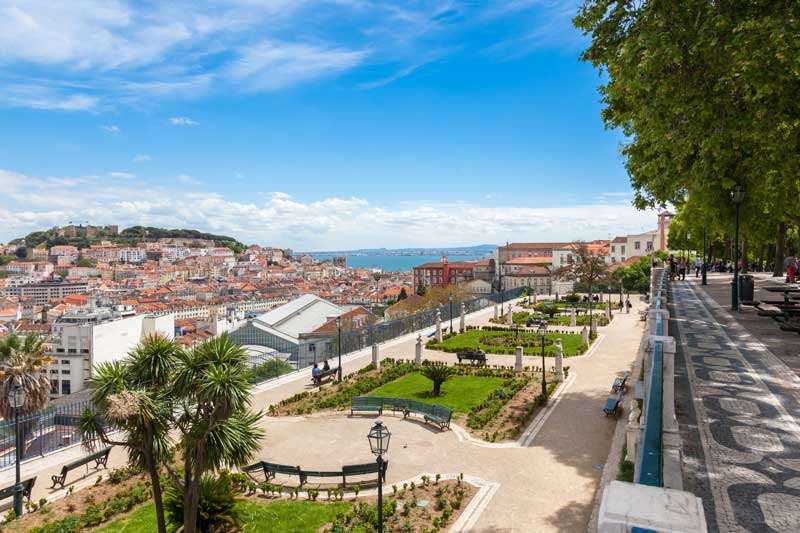
Corpo Santo Lisbon Historical Hotel
Choosing the right accommodation can significantly impact your travel experience in Europe. Consider your budget, location, and the type of experience you want. Hotels are a classic choice but can vary widely in price and amenities.
For a more localized experience, consider vacation rentals through platforms like Airbnb, which can offer a homey feel and often provide better value in expensive cities.
Booking platforms like Booking.com can be used to compare prices and find deals, ensuring you choose the best option for your stay. Remember to book accommodations well in advance, especially during peak tourist seasons, to secure the best rates and availability.
Learn Local Customs and Basic Language Phrases
Understanding and respecting local customs, as well as learning a few key phrases in the local language, can greatly enhance your travel experience in Europe. For instance, dining times in countries like Spain and Italy are typically later than in North America, with dinner often starting around 9 PM.
Basic phrases like “Please,” “Thank you,” “Yes,” “No,” and “Excuse me” can go a long way in endearing yourself to locals. It’s also a good idea to familiarize yourself with local tipping practices; while not always mandatory, tipping for good service is appreciated and usually ranges from 5 to 10%.
Budget Appropriately
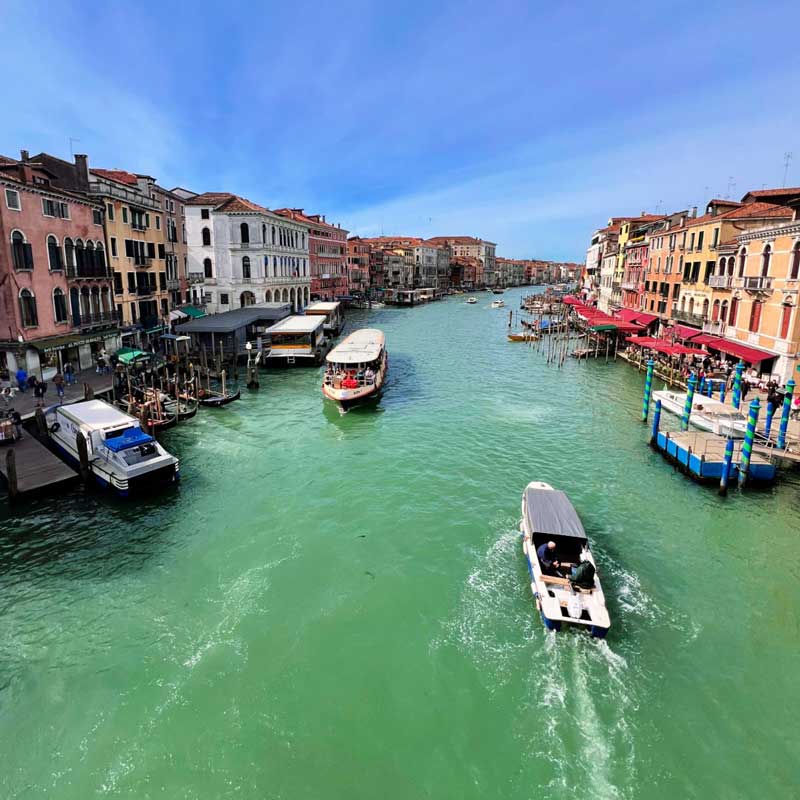
gondola ride in Venice
Creating a budget for your European adventure is crucial. Start by outlining major expenses such as flights, accommodation, and transportation, and set aside funds for attractions and meals.
To avoid overspending, consider using budget tracking apps that help monitor your expenses in real-time. Prioritize spending on experiences over souvenirs—memories from a gondola ride in Venice or a pastry-tasting in Paris are priceless.
Research the cost of living in your destination cities; Northern Europe tends to be pricier, while Eastern Europe offers more budget-friendly options. Also, look for city tourist cards that offer discounts on transportation and attractions, which can be a great way to save money.
Pack Smart
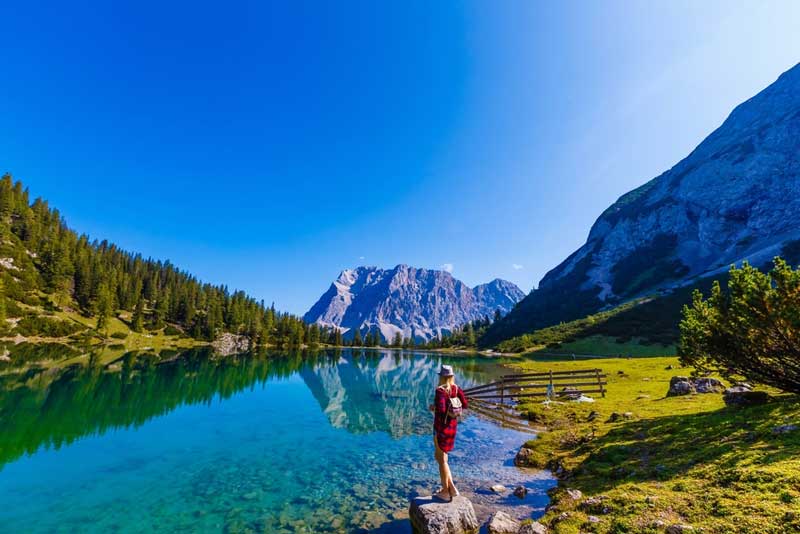
Adventure travel, Europe
Packing intelligently is essential for a hassle-free European trip. Opt for a versatile wardrobe that you can mix and match, favoring layers that can adjust to varying climates. Europeans tend to dress stylishly, so include a few chic options for evening outings.
Remember, most European cities are best explored on foot, so comfortable shoes are a must. To manage luggage space and weight, pack travel-sized toiletries, or plan to purchase some upon arrival.
Always leave room for a few keepsakes. Essential gadgets include a power adapter for European outlets and a portable charger. Rolling clothes instead of folding can also save space and prevent wrinkles.
Stay Flexible
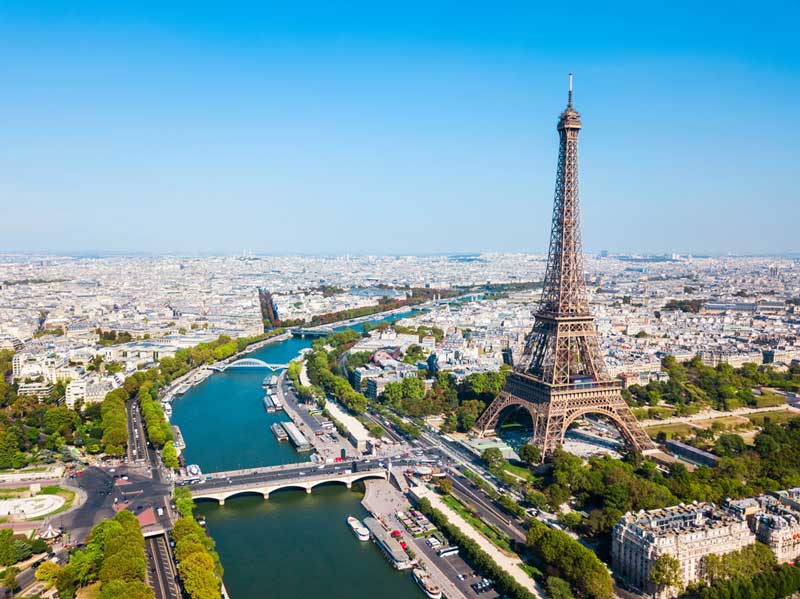
Paris, France
Flexibility can significantly enhance your travel experience in Europe. While it’s good to have a plan, being open to spontaneous changes allows for discoveries that aren’t in the guidebooks.
For instance, you might stumble upon a local festival or a lesser-known café that could end up being the highlight of your trip. Weather can also be unpredictable; a rainy day could provide the perfect opportunity to explore museums or historic sites indoors.
Adopting a flexible attitude towards travel helps you adapt to unexpected situations, like transport strikes or temporary closures, ensuring that your trip remains enjoyable regardless of circumstances. Always have a backup plan or two, and embrace the surprises that come your way.
Final Thoughts
Embarking on your first trip to Europe is the start of a thrilling adventure filled with unforgettable memories. With the right preparation you’re setting yourself up for a journey that’s as smooth as it is enchanting.
Remember, the beauty of travel lies in the unexpected joys and spontaneous moments that arise along the way. So go forth with an open heart and an eager spirit, ready to soak up every bit of the rich history, culture, and landscapes that Europe has to offer.
